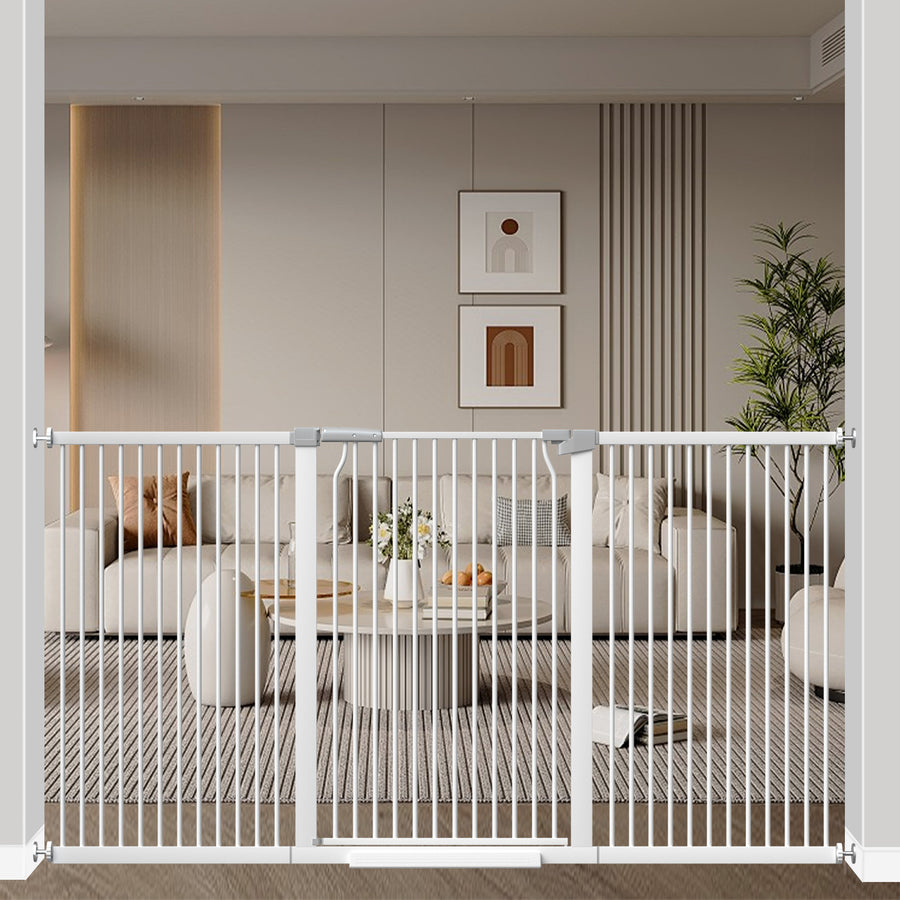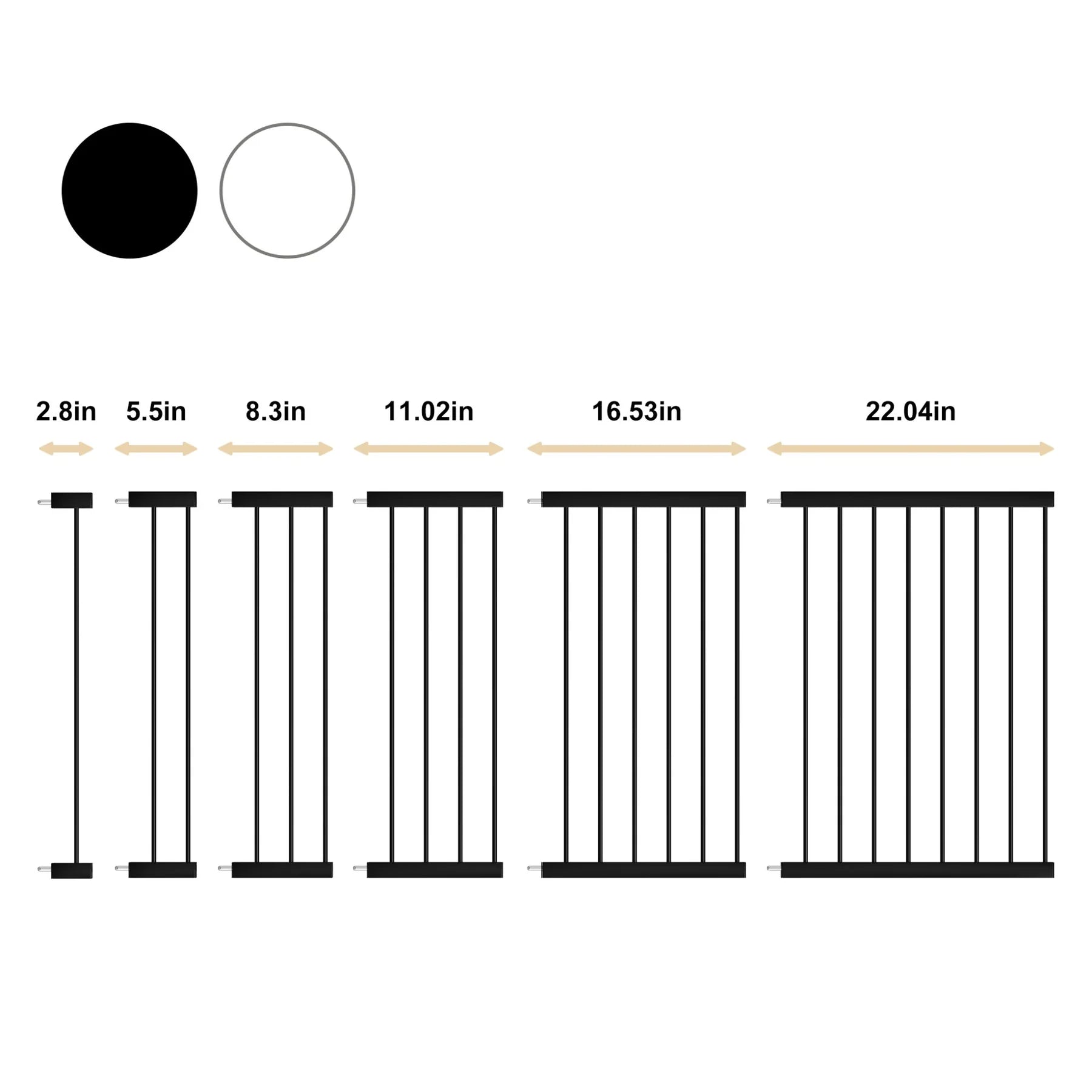When Can Puppies Go On Stairs?
Walking up and down stairs might seem effortless for us, thanks to our tall stature, upright posture, and the handy support of a handrail. However, for dogs and puppies, mastering stairs is not as straightforward. Despite most dogs being capable of learning how to navigate stairs eagerly, pet owners must adhere to certain guidelines and safety measures when introducing their furry friends to this task.
Introducing puppies to stairs should ideally happen between 12 to 16 weeks old. Younger puppies often lack the coordination and joint strength for this task, as noted by a dog training expert. Their small size and natural clumsiness can make stair climbing challenging.
The decision on when to start also depends on the puppy's size and health. Some might still be too small or have health issues affecting their ability to safely use stairs. Consulting a veterinarian is always a wise choice when in doubt.
While stairs aren't inherently harmful to puppies, they should only use them when ready and under close supervision. Safety measures like non-slip surfaces and controlled stair use are crucial to prevent accidents. Excessive stair climbing could potentially affect a puppy's developing hips and joints, so moderation and supervision are key.
To puppy-proof stairs and ensure safety, a dog training expert, suggests several measures:
- Close Doors: Keep doors closed to restrict access to stairs until the puppy is old enough.
- Install Stair Gates: Use pet gates at the top and bottom of stairs to prevent unsupervised access.
- Non-slip Surfaces: Add carpet runners or non-slip treads to stairs to enhance traction.
- Block Open Risers: Cover open risers and space between balusters to prevent your puppy from slipping through.
- Remove Hazards: Keep stairs clear of objects like toys or shoes to avoid tripping hazards.
- Ensure Good Lighting: Proper lighting can help your puppy navigate stairs safely, reducing the risk of falls.
Training your puppy to confidently and safely use stairs requires a patient and systematic approach. Here's a more structured and comprehensive method to guide your puppy:
- Begin with Introduction: Start by allowing your puppy to explore the stairs without pressure. Let them sniff around the bottom step and get comfortable with its presence. This familiarity is crucial before any actual climbing begins.
- Positive Reinforcement: Use treats or their favorite toy to encourage interest in the stairs. Place these rewards on the lower steps to motivate them. Every successful step they take should be met with praise and a treat, reinforcing their positive behavior.
- Step-by-Step Guidance: Initially, focus on guiding your puppy up and down the first step only. Once they're comfortable with that, gradually introduce them to the next step. This gradual progression helps build their confidence and skill.
- Control Speed and Movement: Puppies tend to be energetic and may try to rush up or down the stairs. Control their pace by keeping training sessions short and using a leash if necessary. This ensures they learn to navigate each step carefully and thoughtfully.
- Regular, Consistent Practice: Consistency is key in training. Regular short sessions are more effective than infrequent, longer ones. This consistency helps reinforce their learning and builds their confidence steadily.
- Supervision is Vital: Always supervise your puppy during stair training. Be ready to offer physical support, especially for smaller or more hesitant puppies. Your presence also provides reassurance and guidance.
- Addressing Fear and Reluctance: If your puppy shows fear or reluctance, don't force them. Instead, take a step back and continue to gently encourage them. Patience is crucial, and forcing them could lead to a negative association with the stairs.
- Progress to Independence: As your puppy becomes more confident, encourage them to use the stairs without treats or excessive guidance. This gradual shift towards independence is essential for them to learn to navigate the stairs safely on their own.
Remember, each puppy is unique and learns at their own pace. What's most important is a patient, consistent approach that prioritizes your puppy's comfort and safety.
Are Stairs Bad for Adult Dogs?
Stairs are not necessarily harmful to adult dogs, but individual circumstances must be considered. A dog training expert points out that adult dogs with mobility issues, joint problems, or recovering from surgery should avoid stairs as it could be difficult or painful for them. Older dogs might struggle with stairs due to conditions like hip dysplasia, arthritis, or muscle atrophy. It's also important to discourage unsafe behaviors in both puppies and adult dogs, such as rushing up and down stairs.
Should Some Dog Breeds Not Climb Stairs?
Regarding specific dog breeds and stairs, certain types may face more challenges. Breeds with long backs and short legs, like Dachshunds, Corgis, and Basset Hounds, have a higher risk of back injuries and might struggle with stairs. Similarly, small dogs such as Chihuahuas and toy Poodles could find stairs daunting due to their size. Large breeds prone to joint issues, like German Shepherds, Labrador Retrievers, and Golden Retrievers, should also be monitored closely when using stairs.
Conclusion
For restricting access to stairs, pet gates are highly effective. They're ideal for keeping puppies away from stairs until they're ready for training and for preventing unsupervised access by adult dogs. When selecting a staircase gate, consider factors like size, durability, ease of installation, and whether the gate is suitable for the specific needs of your pet and home layout.






Leave a comment